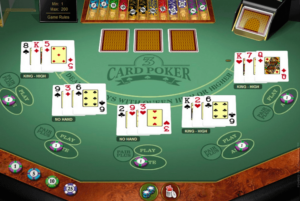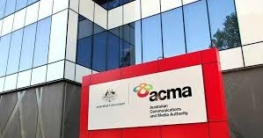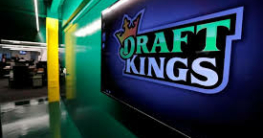Why Casinos Like It When Gamblers Play Three-Card Poker
In 1997, if you were a casino enthusiast looking for card games, your options were limited to blackjack and baccarat. While poker was available, it was more of a departure from traditional table games.
It was during this time that Derek Webb introduced his groundbreaking innovation, Three-Card Poker, which made its debut in a quaint Mississippi riverboat casino, forever changing the landscape of casino gaming.

1. Ante Bet: A Steep House Edge
Before we dive into why casinos favour Three-Card Poker players, let’s go over the basics of the game.
- Start with a mandatory ante bet.
- Receive three face-up cards; the dealer gets three face-down cards.
- You can’t exchange or draw more cards.
- Hands ranked: Royal flush, straight flush, three of a kind, straight, flush, one pair, high card.
- Decide to fold (lose ante) or play (match ante for showdown).
- Beat a queen-high dealer hand to win both bets; otherwise, it’s a push (ante bet returns).
- Strong hands can earn Ante Bonus payouts, up to 5 to 1.
Three-Card Poker has a 3.37% house edge with the common Ante Bonus pay table. Compared to other poker-based games such as Pai Gow (1.50% house edge), Ultimate Texas Hold’em (2.19%), Heads Up Hold’em (2.36%), and Double Down Stud (2.67%), it offers less favorable odds for players. Note that the 3.37% house edge only applies to the ante and play bets.
2. Avoid ‘Mini-Royal’ or ‘Six-Card Royal’ Bets
In Three-Card Poker, you might come across a side bet called ‘pair plus.’ It offers big payouts for strong hands, like 40 to 1 for a straight flush or 30 to 1 for three of a kind. However, this bet has a high house edge of 7.28%, making it one of the worst bets in the casino. It’s even worse than Triple-Zero Roulette, which is widely disliked.
The reason for this bet’s presence is that it’s easy to confuse it as part of the main game. Derek Webb, the game’s creator, designed it this way to benefit the casino.
Some casinos also have a progressive jackpot for a three-card royal flush, but the odds of hitting it are incredibly low—around one in 22,100 hands. Casinos promote a few jackpot winners, but many more players lose lots of money trying to win it.
3. Three-Card Poker Carries Higher Risk
Derek Webb aimed to create a game with more betting options in Three-Card Poker, increasing casino profits. This relates to the ‘element of risk,’ which gauges the chances of losing money during play.
In Three-Card Poker, the element of risk is notably high at 2.01%, almost four times that of Ultimate Texas Hold’em (0.53%). Games like Atlantic City blackjack have a lower element of risk at 0.38%, while Heads Up Hold’em (0.64%) and Crazy 4 Poker (1.09%) are more favorable choices for players.
Conclusion
In the world of casino gaming, understanding the odds and house edge is crucial. Three-Card Poker may offer an exciting experience, but its higher house edge and riskier bets make it a profitable choice for casinos. Players should always be aware of the odds before placing their bets.


